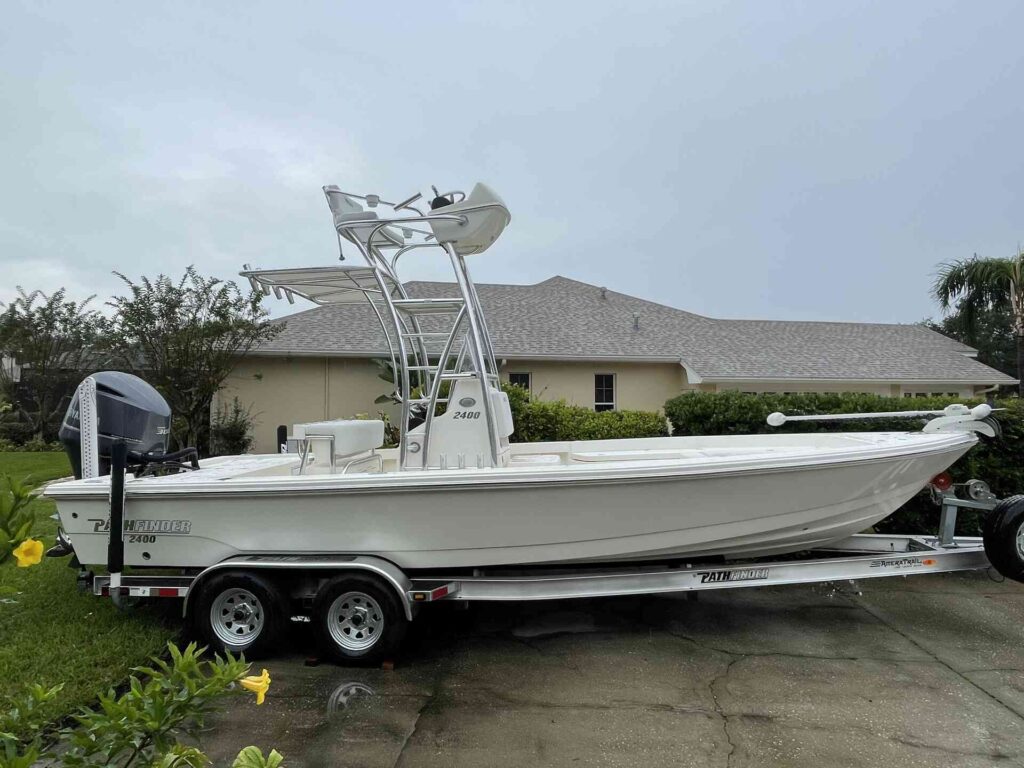Constructing a Boat Trailer – A Comprehensive Guide to Design and Assembly
admin
- 0
Building a boat trailer can be a rewarding project that enhances your boating experience, allowing for safe and convenient transportation of your vessel. This comprehensive guide will walk you through the essential steps of designing and assembling a boat trailer, ensuring that it meets your specific needs and adheres to safety standards.
Design Considerations
Before you start constructing your boat trailer, it is crucial to understand the design considerations. The primary factors include the size and weight of your boat, the type of trailer you need e.g., bunk or roller, and the towing vehicle specifications. Measure the length, width, and weight of your boat to determine the appropriate trailer size and capacity. Ensure that the trailer’s design accommodates these measurements while leaving room for adjustments and future upgrades.
Choosing Materials
5 Expert Steps on How to Build a Boat Trailer Selecting the right materials is essential for durability and strength. Typically, boat trailers are made from steel or aluminum. Steel trailers are more affordable and robust but require regular maintenance to prevent rust. Aluminum trailers, while more expensive, offer better resistance to corrosion and require less upkeep. For the trailer frame, use high-strength steel tubing or aluminum extrusions. The trailer’s surface can be coated with a durable, weather-resistant paint or finish to protect it from environmental elements.

Frame Construction
The trailer frame is the backbone of the construction process. Start by assembling the main frame using the chosen material. If using steel, weld the pieces together according to the design specifications. For aluminum, use bolts and brackets to secure the frame components. Ensure that all joints are reinforced and that the frame is square and level. This step is crucial for ensuring that the trailer can support the boat’s weight evenly and safely.
Axle and Suspension
The axle and suspension system are critical for the trailer’s performance and stability. Choose an axle that matches the weight capacity of your boat and trailer. The suspension system should provide a smooth ride and reduce the risk of trailer sway while towing. Install the axle and suspension according to the manufacturer’s instructions, ensuring proper alignment and securing all components tightly.
Launching and Retrieving Systems
The launching and retrieving systems, such as bunks or rollers, facilitate the easy loading and unloading of your boat. Bunks are typically made from treated wood or plastic and are covered with a marine-grade carpet to prevent damage to the boat’s hull. Rollers are mounted along the trailer’s length and help guide the boat onto and off the trailer. Install these components according to the trailer design and ensure they are adjustable to accommodate different boat sizes.
Lights and Wiring
Safety regulations require that boat trailers be equipped with functional lighting. Install brake lights, turn signals, and running lights according to local regulations. Use waterproof connectors and wiring to ensure reliable performance in various weather conditions. Secure the wiring along the trailer frame and protect it from damage.
By following this guide, you can build a sturdy and reliable boat trailer that enhances your boating experience and ensures safe transportation of your vessel. Proper design, material selection, and assembly are key to creating a trailer that meets your needs and complies with safety standards.